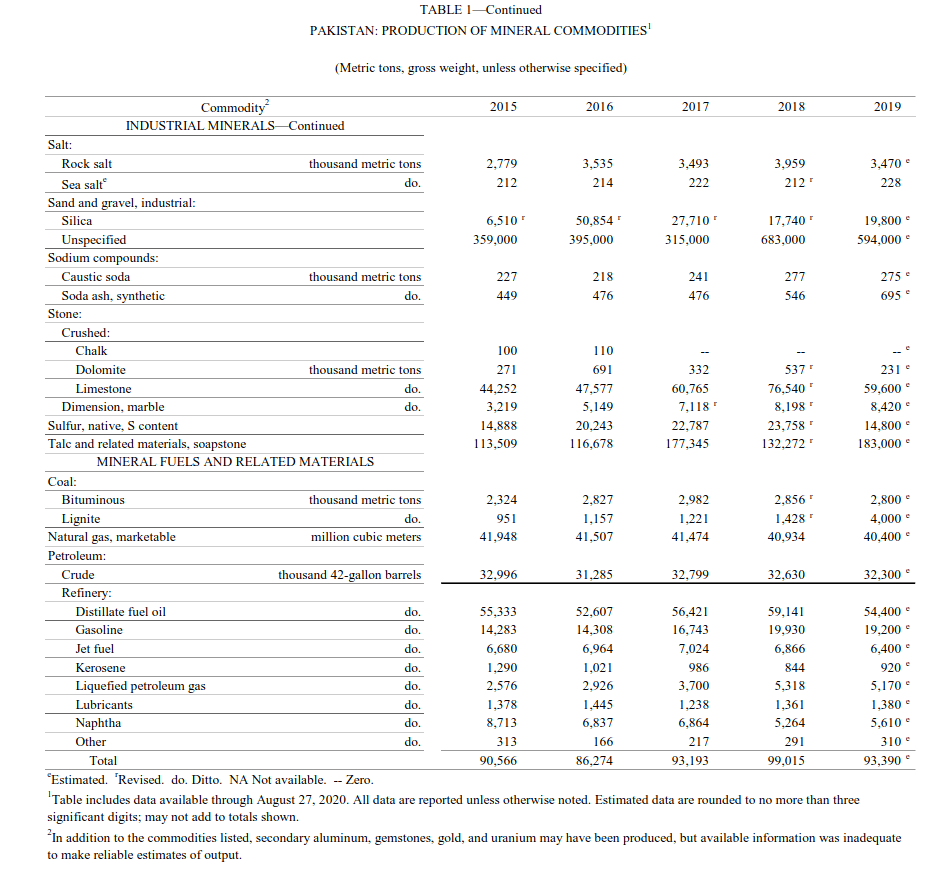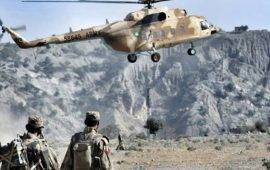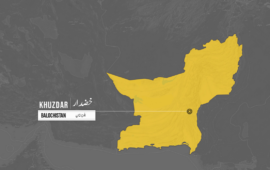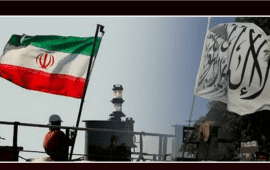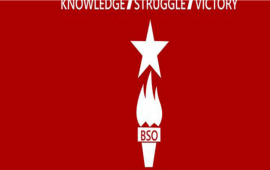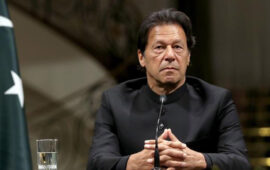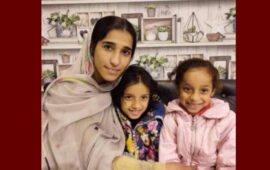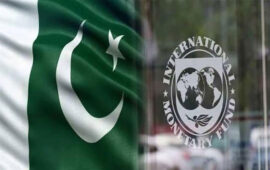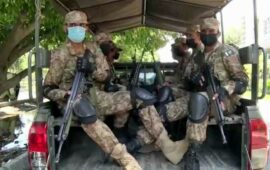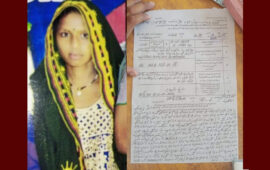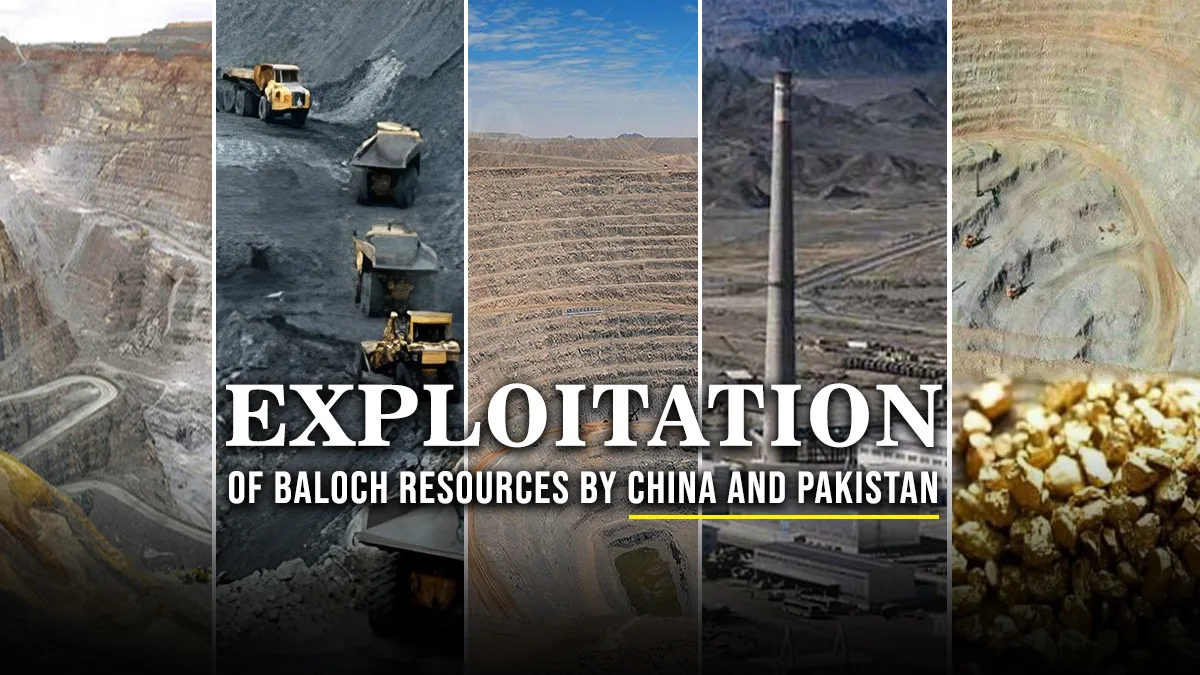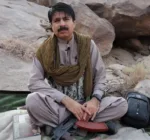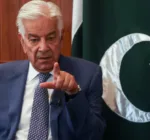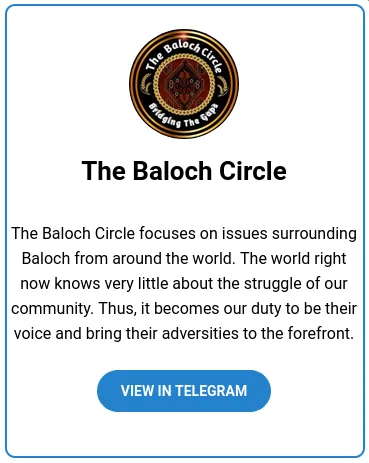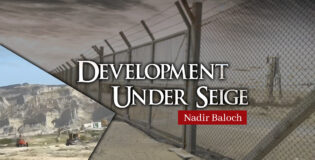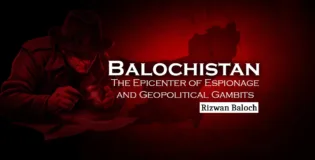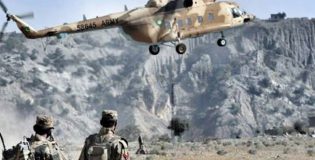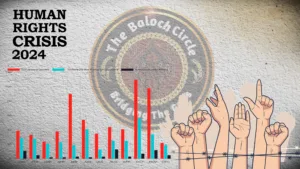Balochistan, illegally occupied by Pakistan is its largest occupied territory. It possesses immense natural resources, including mineral reserves estimated at USD1 trillion. Balochistan is a place of colossal mountain ranges and mesmerizingly gorgeous beaches, which holds evergreen minerals underneath it. Balochistan also boasts an abundance of natural resources. Coal, sulfur, chromite, iron ore, barite, marble, quartzite, and limestone are all abundant in the province. Balochistan has significant oil reserves and the world’s most considerable quantities of copper and gold. Natural gas was discovered in 1953 in the Sui area of Dera Bugti, Balochistan, and has since been used to deliver gas throughout Pakistan.
One of the world’s most significant undeveloped copper and gold resources, the Reko Diq mine in Balochistan is a home to about 5.9 billion tons of copper and gold reserves. Balochistan also contains enormous quantities of other minerals. The province is one of the biggest producers of chromite in the world and produces more than 90% of the country’s total output. The manufacturing of stainless steel requires mineral chromite, which is in great demand in the international market.
With an estimated 200 million tons of reserves, Balochistan also has significant iron ore resources.2 The province offers excellent potential for the growth of a sizable iron and steel sector. Whereas coal, which is mainly utilized for power generation, is another significant resource that may be found in Balochistan. The province’s estimated 185 billion tons of coal reserves can improve the nation’s energy requirements. Due to the lack of infrastructure and investment, the majority of these deposits still need to be tapped.3
Pakistan is turning Gwadar and other coastal areas of Balochistan into a Chinese stronghold that has the largest concentration of military cantonments and bases in the region. Pakistan handed over the Gwadar port to a Chinese-backed multinational corporation for a lease of 40 years in 2017. China Overseas Port Holding Company has been carrying out development of the port.
“China has spent billions of dollars on building the port town, opening a 300-megawatt coal-fired power plant, and building an international airport at the cost of $230 million, alongside other projects that come under the CPEC umbrella. New bases are being built in Jiwani, Sonmiani and other areas and Baloch people are losing their land and their jobs for nothing in return.
In early 1990s, Pakistan asked for M-9 and M-11 missiles, which China delivered in 1993. In return, Chinese state-owned Metallurgical Corporation of China (MCC) got the resource-rich Chagai region on 20-year lease. The company found gold and copper deposits in two places named Sandak and Reko Diq.”
The Metallurgical Corporation of China had been aggressively mining gold and copper since 2002 with annual yields of 25 tons of gold and 12 to 15,000 tons of copper. It took home 50 per cent of the profits from these mining operations. The federal government took home 48 per cent of the profits, and Balochistan was left with 2 per cent.
Baloch activists and human rights defenders have raised their voice against the multi-billion-dollar China-Pakistan Economic Corridor (CPEC) and termed it as a project of looting and plundering of natural wealth of Balochistan. The projects have systematically excluded the Baloch indigenous people, not only depriving them of employment and development prospects but also forcefully clearing them to make way for the construction sites.
CPEC is a bilateral project between China and Pakistan with a large network of roads, railways and pipelines spanning across 3000 km that will facilitate trade between China, Pakistan and other countries in the region. The project aims to enhance infrastructure in Pakistan and also connect China’s Xinjiang province to ports like Gwadar and Karachi in Pakistan, giving a fillip to trade between the two countries. The official launch of CPEC took place on April 20, 2015, when then Pakistan Prime Minister Nawaz Sharif and Chinese President Xi Jinping signed 51 agreements and Memorandums of Understanding with a combined value of $46 billion.
Mineral Potential of Balochistan in Relevance to District Locations
Gold and Copper- Reko Diq has reserves of 5.87 billion tons of copper and 42 million ounces of gold. Saindak’s copper deposits are estimated to be 412 million tons, whereas Dasht-e-Kain’s reserves are 400 million tons. Copper processing factories are urged to be built in the aforementioned places.
Iron Ore- There are about 75 million tons of iron ore deposits. It is found in large quantities in the Chagai districts of Pachin Koh, Chigendik, and Chilgazi. Investors are strongly encouraged to build units such as iron ore beneficiation and upgradation plants.
Marble- Onyx marble is abundant in Chaghi and nearby areas. Other locations with marble deposits include Julil (10 million tons), Mashkicha (12 million tons), and Butuk (15 million tons). Marble is in great demand in the construction business due to its aesthetic qualities, such as beauty and sculpting. As a result, investment in this sector, particularly in marble-cutting companies, has much promise.
Sulfur- Sulfur resources are concentrated in the Chaghi area of Balochistan, around the southern and southwestern sides of an extinct volcanic crater known as Koh-i-Sultan. Sulfur reserves in Koh-i-Sultan are 50 million tons. Investing in sulfur chemical packaging factories has a high return on investment.
Chromite- For over a century, the Khuzdar-Pishin and Muslim Bagh-Killa Saifullah districts have produced half a million tons of chromium ore yearly. Chromite deposits have also been discovered at Khuzdar, Bela, Zhob, and Dalbandin. As a result, installing plants such as ferro-chromite plants is strongly advocated.
Titanium- Titanium and its alloys are utilized in military and civilian aircraft, rockets, missiles, and power plants. Titanium has been discovered in Ziarat and used. Investments in value-added factories and processing units are therefore encouraged.
Gypsum and Nickle- Gypsum deposits are abundant in the districts of Sibi, Barkan, Kohlu, and Loralai. Furthermore, Nickle ore with 0.85% Nickle has been reported from Muslim Bagh and Zhob districts. Investment in value-added and processing plants is encouraged.
Coal- Degari, Sinjidi, Mach, Pir Ismael, Ziarat, Duki, and Chamalang have a total coal resource of 217 million tons. Investment in coal-fired power stations and coal-washing plants is attractive for Foreign Direct Investments (FDIs).
Barite- Pakistan is regarded as one of the world’s top barite-producing countries, with just occupied Balochistan’s Khudzar providing over 1.7 million tons of the entire 5 million tons of yearly output. A barium chemical plant with assured high returns can be constructed in Khuzdar.
Tungsten, Lead, and Zinc- Tungsten ore, molybdenum, and tin may be found in the Amalaf region of the Chagai district. More than 26 million tons of lead and zinc ore are in Lasbela and Chagai. Investment in value-added and processing plants is encouraged.
